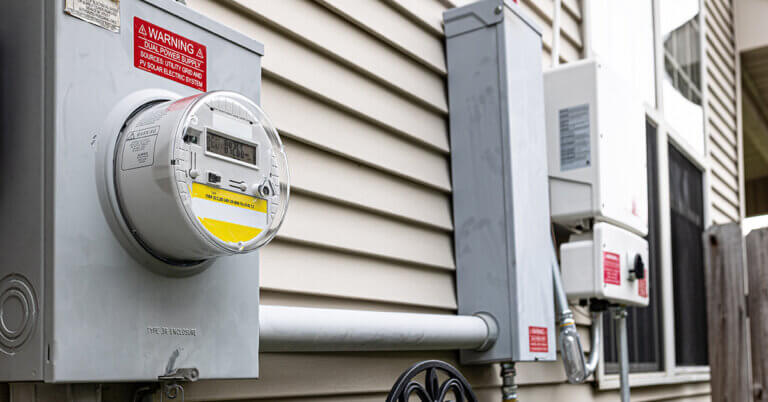July 6, 2020

The Demand for Market-Driven Innovations in Medical Care Is All in the Numbers
One of the bellwethers I follow to see what direction healthcare is headed is the annual physician supply and demand reports from the Association of American Medical Colleges. If the AAMC’s latest forecast is any indication, you should expect prices for physician services to continue to rise at a healthy clip.
By 2033, which is only 13 years away, the U.S. will be dealing with an estimated shortage of between 54,100 and 139,000 doctors, according to the AAMC’s latest annual report.
The AAMC released the report, The Complexities of Physician Supply and Demand Projections from 2018-2033, on June 26. You can download a copy of the 92-page report here.
The new shortage estimate is 14 percent to 15 percent bigger than the AAMC’s estimate last year. That’s much more than a smidge, which is not a formal economic term. Neither is smidgen.
What’s pushing the shortage range higher? The AAMC says it’s basic supply and demand. The demand for physician services will rise faster than the supply of physicians can provide them.
Let’s talk supply. The AAMC starts will a baseline of 807,400 active physicians in 2018, which includes:
- 228,100 primary-care physicians
- 137,300 physicians in internal medicine and pediatric subspecialties
- 155,200 physicians in surgical specialties
- 32,200 primary care-trained hospitalists
- 254,600 physicians in other medical specialties
The AAMC adjusts those supply numbers up or down based on different variables like projected medical school graduates, physician ages and retirements and changes in work-hour patterns. The net of all that will be 28,980 new doctors entering the healthcare workforce each year through 2033.
Now, let’s talk demand, which is the more interesting part of the equation. It’s more interesting because of how all the different market-driven delivery changes can affect the demand for doctors. The variables affecting demand include:
- A growing population (more demand)
- An aging population (more demand)
- Enrollment in managed-care plans (more demand)
- Growth in alternative care settings like urgent care, retail clinics and telemedicine (more demand)
- Growth in non-physician practitioners like advanced practice nurses and physician assistants (less demand)
- Population health (less demand)
- Access to behavioral health services (less demand)
- Value-based care models (less demand)
All told, the number of new physicians entering the workforce will fall 54,100 to 139,000 short of what the U.S. will need by 2033 based on those demand variables, according to the AAMC.
Well, what does that mean? My guess is that it will mean higher prices for physician services. Prices go up when demand exceeds the supply, right? Now, how much of that money will go into the pockets of physicians is something completely different and will depend on what’s left after everyone else takes their cut.
The other thing it means is that, if those projections come anywhere close to being true, we’ll need a lot more market-driven innovation to make up the difference. New technologies to extend or even replace doctors. New types of caregivers and settings to extend or even replace doctors. And new ways to keep healthy patients healthy and chronically ill patients as healthy as possible so they don’t need a doctor.
It’s all in the numbers.
To learn more on this subject, please read “Doctors and the Laws of Supply and Demand” on 4sighthealth.com.
Thanks for reading.
Stay home, stay safe, stay alive.





